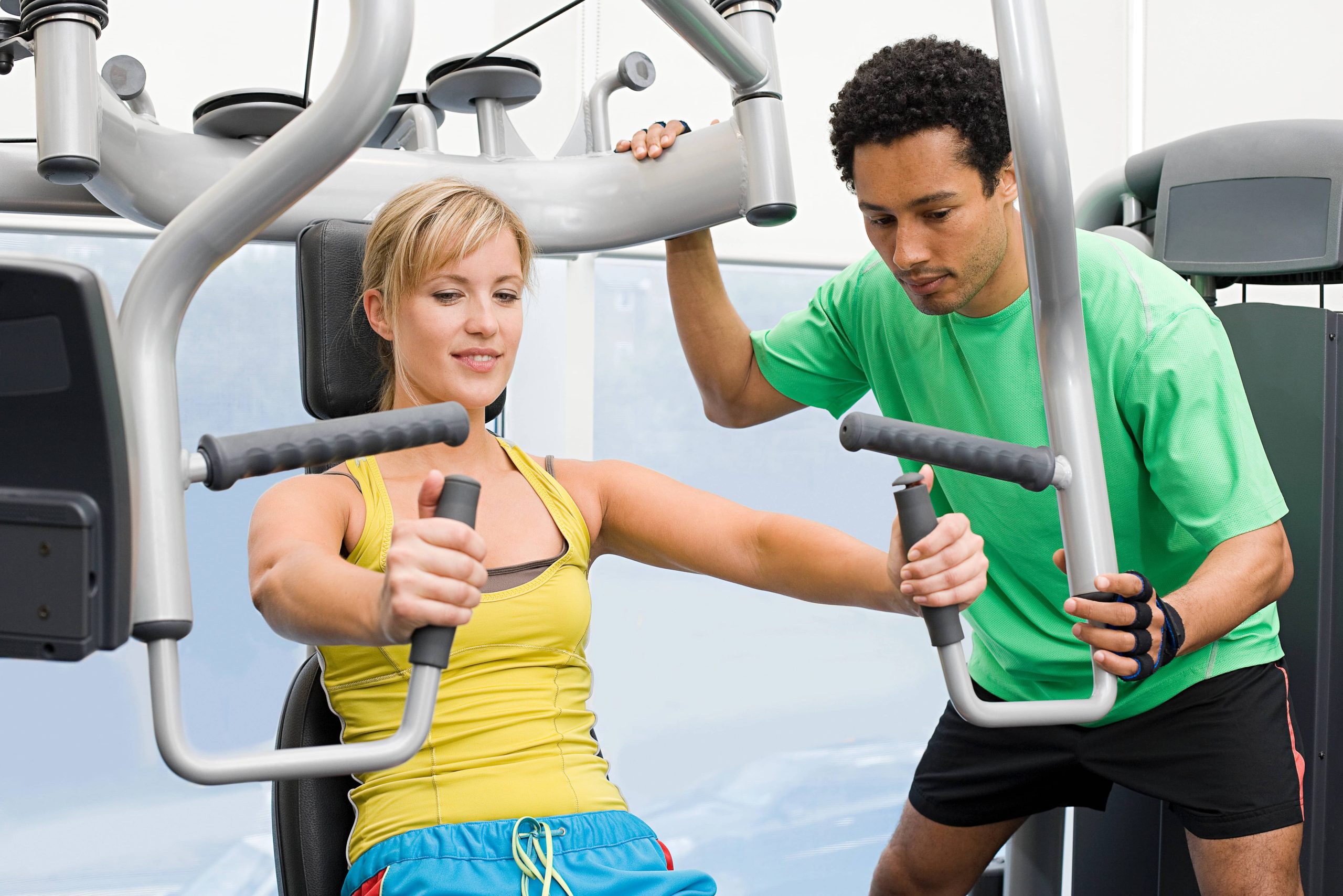
As the temperature drops and the days grow shorter, many fitness enthusiasts face the challenge of maintaining their exercise routines in cold weather. While the crisp air and serene winter landscapes can make for an invigorating workout experience, it’s crucial to prioritize safety to prevent injuries and health issues. This blog post will explore essential tips and strategies to ensure safety during cold-weather physical activity, allowing you to enjoy the benefits of outdoor exercise all year round.
Understanding the Risks
Before diving into safety tips, it’s important to understand the risks associated with exercising in cold weather. The primary concerns include:
1. Hypothermia: This occurs when your body loses heat faster than it can produce it, leading to a dangerously low body temperature. Symptoms include shivering, confusion, and fatigue.
2. Frostbite: Prolonged exposure to cold can cause frostbite, where skin and underlying tissues freeze. It commonly affects extremities like fingers, toes, ears, and nose.
3. Slips and Falls: Ice and snow can create slippery surfaces, increasing the risk of falls and related injuries.
4. Asthma and Breathing Issues: Cold air can trigger asthma symptoms and make breathing difficult for some individuals.
Dressing for Success
The key to staying safe and comfortable during cold-weather workouts is dressing appropriately. Here are some tips:
– Layer Up: Wear multiple layers to trap heat and provide insulation. Start with a moisture-wicking base layer to keep sweat away from your skin, add an insulating middle layer, and finish with a waterproof and windproof outer layer.
– Protect Extremities: Wear gloves, a hat, and thermal socks to protect your hands, head, and feet from the cold. Consider using a scarf or neck gaiter to cover your face and neck.
– Choose the Right Footwear: Opt for shoes with good traction to prevent slips on icy surfaces. Waterproof shoes can also help keep your feet dry and warm.
– Reflective Gear: With shorter daylight hours, it’s important to wear reflective clothing or accessories to stay visible to drivers and other pedestrians.
Warming Up and Cooling Down
Cold muscles are more prone to injury, so it’s crucial to warm up properly before starting your workout. Spend at least 10-15 minutes doing dynamic stretches and light aerobic exercises to increase blood flow and prepare your body for more intense activity.
After your workout, take time to cool down and stretch. This helps prevent stiffness and reduces the risk of injury.
Hydration and Nutrition
Staying hydrated is just as important in cold weather as it is in the heat. Cold air can be dehydrating, and you may not feel as thirsty, so make a conscious effort to drink water before, during, and after your workout.
Fuel your body with nutritious foods that provide energy and support your immune system. Consider incorporating warm beverages like herbal tea or hot water with lemon to stay warm and hydrated.
Listening to Your Body
Pay attention to how your body feels during cold-weather workouts. If you experience any signs of hypothermia or frostbite, such as numbness, tingling, or excessive shivering, seek shelter and warmth immediately.
Adjust your workout intensity and duration based on the weather conditions and your personal comfort level. It’s okay to cut your workout short if you’re feeling too cold or uncomfortable.
Adapting Your Routine
If outdoor conditions are too harsh, consider adapting your routine to include indoor activities. This could involve using a treadmill, stationary bike, or joining a fitness class. Cross-training with activities like yoga or strength training can also help maintain your fitness level during the winter months.
Conclusion
Exercising in cold weather can be a rewarding experience, offering unique challenges and the opportunity to enjoy the beauty of winter landscapes. By dressing appropriately, warming up properly, staying hydrated, and listening to your body, you can safely enjoy outdoor physical activity even in the coldest months. Remember, the key to a successful winter workout is preparation and awareness. Stay safe, stay active, and embrace the invigorating chill of the season.











